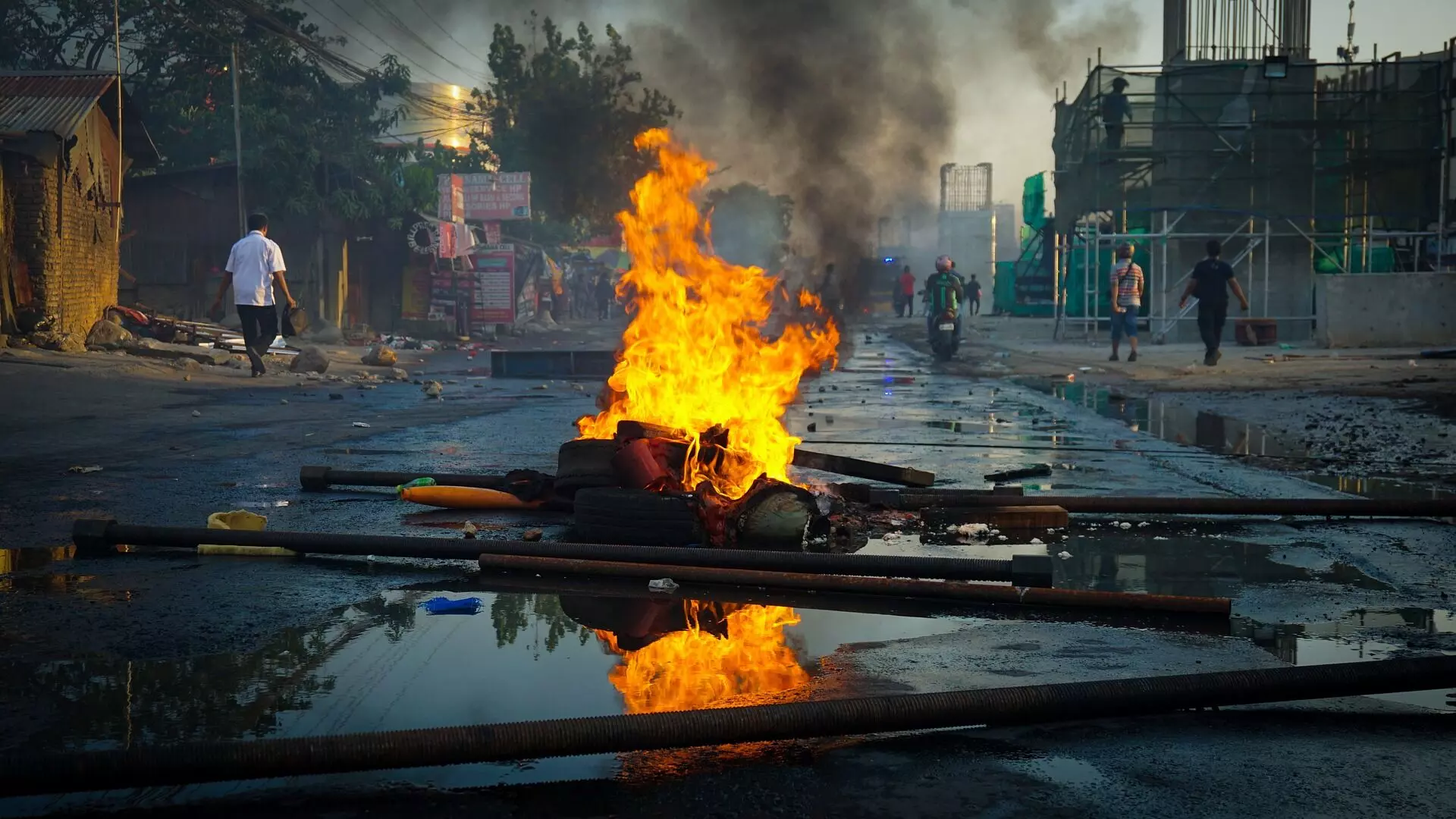Marked with prejudice & ignorance
A lopsided, sensational reporting by the Western media portrays India negatively and ignores her growing prowess — violating the foundational principles of journalism; writes Amit Goel

The tenets of good journalism are losing their meaning and relevance in today’s fast-mutating world. While a large section of the Indian media today is widely criticised for being partial towards the incumbent government, news and reportage seem to be having a bias, either for or against the government, thereby losing their credibility and integrity. Western media, in this regard, is also not far behind. Their tendency to present a rather lopsided picture of the Indian social and political vistas creates negative biases against India, the issues that affect its people and the events that touch them.
It is also a widely accepted fact that the majority of foreign media does not display any inclination or willingness to engage in objective reporting on Indian issues and political developments. There remains an inherent prejudice in their reporting and a general tendency to exaggerate matters. More often than not, they use the most derisive and negative words for India in their narrative. Words like hate, violence, mob, protest, and riot find commonplace in most of the articles and reports produced by them. Perhaps a larger market share is what drives these media houses to form half-baked opinions about India. Not to forget the huge revenue generated in the process.
The correlation between the digital readership growth of Western media in India and their sensational reportage is strong enough to suggest that they may be driven by an agenda to undermine the strengths of India. Most of them carry a negative bias towards India on matters pertaining to human rights, poverty, caste system, marginalisation of minorities, and gender inequality. There’s no denying the fact that these issues have plagued the Indian social system since ages and definitely need redressal and reform. It is also true that India is working on its shortcomings, albeit at a painfully slow pace. But is it what India is all about?
India, as a nation, represents a lot more than what gets constantly highlighted by the global media. Religious polarisation, social inequality, unemployment, gender inequality — the issues and problems are multifold. But modern India has moved far ahead from being the land of elephants and snake charmers that it was once perceived to be. Today, we are a young nation trying to leave behind the unwanted, and embrace new ways of living and learning. It is therefore unfair to highlight only the negative aspects of India while ignoring its growth story.
It is also an accepted understanding that a country as diverse and multifaceted as India cannot be decoded with blinkers on. Celebrated as the world's largest democracy and the cradle of civilisation, India deserves a deeper look into its present and the challenges it faces today. If one were to think of an analogy to this phenomenon, it would be akin to ignoring the contents of a folded piece of paper and only concentrating on its creases. The ability to understand India with all its complexities does not come without experiencing it. The nuances of Indian society, its multi-layered nature and culture cannot be summed up in a simple way. The buoyancy of Indian democracy and politics is a case study in its own right.
Interestingly, the Western media also feel that whatever they say about India echoes the voice of its people. For instance, their narrative is usually anti-Modi, underlined with an ostensible stress on how he won the elections through unfair means and how he is manipulating gullible Indians. What they refuse to acknowledge is that Modi has rattled the earlier impression of India being a poor nation by way of his popularity and work. His demeanour has become a symbol of India’s political power and its economic growth and stability. Indians recognise this too well, and the ground reality is that the majority of them put India first and the government later.
In general, Western media reportage takes a skewed approach as they tend to show Russia as a geopolitical rival to Europe and the US while portraying India as a close friend and ally to Russia. This creates a false narrative for people that India is anti-West and pro-Russia, as the overall tone of the Western media remains critical of the relationship between India and Russia.
Lately, the Western media has also been highlighting certain aspects of the Ukraine-Russia war and the sanctions imposed by the West on countries engaging in business with Russia. Although the restrictions imposed by the US and NATO countries do not hold much ground without a UN mandate, the West continues to put pressure on India to follow suit in this regard. Prime Minister Modi has refrained from doing so despite continued pressure from all corners. This is because India and Russia have enjoyed a long and close relationship, and collaborated on numerous security-related matters. PM Modi is keen on maintaining economic ties and partnership with Russia in the areas of energy, space, and technology, with a focus on enhanced trade and investment opportunities. This is being done without ignoring trade relations with Europe and the US. Not forgetting that ample attention is being paid to the Southern world as well. India, today, is well on its path to becoming a world leader with a voice of its own, a fact that the white-dominated Western media finds hard to fathom.
Jack Ma once said, “I believe the most important thing for the media is to be objective, fair, and balanced. We should not report a story with preconceptions and prejudice.”
Views expressed are personal



